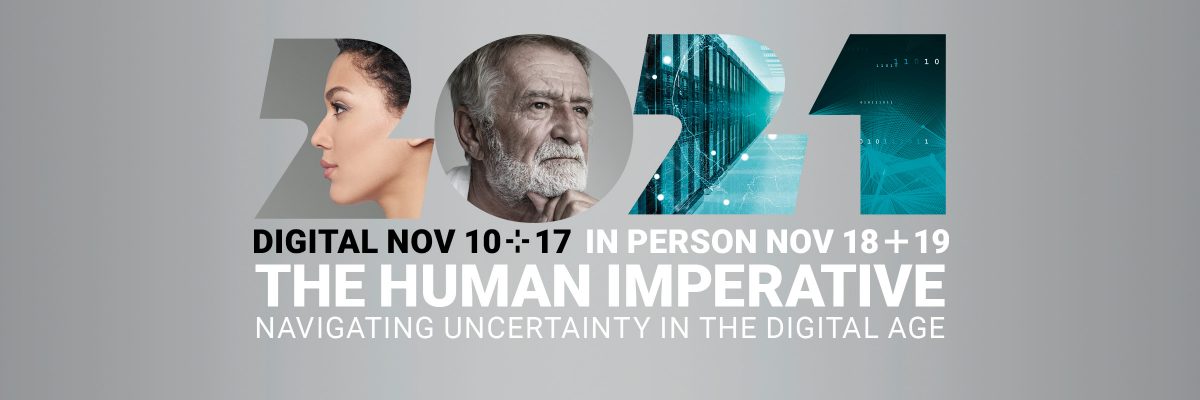To translate educational concepts into an entrepreneurial context requires a meeting of hearts and minds, unfettered by preconceived ideas and outmoded powerbases. There are plentiful public and private initiatives to encourage new businesses in every field. This is matched by increasing activity in academic thought.
A growing number of academics, practitioners and business people are aiming to broaden and as well as deepen their knowledge of how business and economies function. The generalist or polymath, so apparent in the Renaissance, is becoming more prevalent.
This is the context in which coworking spaces are on the rise, from Google’s “Campus” in London to NextSpace in California. Much has been made of these shared workspaces as a brand-new idea, one that barely existed 10 years ago. But the way they function reminds me of a very old idea: the Renaissance “bottega” (workshop) of 15th-century Florence, in which master artists were committed to teaching new artists, talents were nurtured, new techniques were at work, and new artistic forms came to light with artists competing among themselves but also working together.
The Renaissance put knowledge at the heart of value creation, which took place in the workshops of these artisans, craftsmen, and artists. There they met and worked with painters, sculptors, and other artists; architects, mathematicians, engineers, anatomists, and other scientists; and rich merchants who were patrons. All of them gave form and life to Renaissance communities, generating aesthetic and expressive as well as social and economic values. The result was entrepreneurship that conceived revolutionary ways of working, of designing and delivering products and services, and even of seeing the world.
Florentine workshops were communities of creativity and innovation where dreams, passions, and projects could intertwine. The apprentices, workers, artisans, engineers, budding artists, and guest artists were interdependent yet independent, their disparate efforts loosely coordinated by a renowned artist at the center — the “Master.” But while he might help spot new talent, broker connections, and mentor younger artists, the Master did not define others’ work.
For example, Andrea del Verrocchio (1435–1488) was a sculptor, painter, and goldsmith, but his pupils weren’t limited to following his preferred pursuits. In his workshop, younger artists might pursue engineering, architecture, or various business or scientific ventures. Verrocchio’s workshop gave free rein to a new generation of entrepreneurial artists — eclectic characters such as Leonardo da Vinci (1452–1519), Sandro Botticelli (1445–1510), Pietro Perugino (c. 1450–1523), and Domenico Ghirlandaio (1449–1494).
What can those who want to create more innovative and collaborative workplaces today — whether that’s a better office in a traditional organization, a coworking space, a startup incubator, or a fab lab — learn from the workshops of the Renaissance? The bottegas’ three major selling points were turning ideas into action, fostering dialogue, and facilitating the convergence of art and science.
Turning ideas into action. Renaissance workshops were not just a breeding ground for new ideas; they helped ideas become reality. Likewise, today’s innovative workplaces need to be equipped with everything people need to turn their insights, inspirations, and mental representations into new products and ventures. Coming up with new ideas is hard enough, but the real challenge for many organizations is figuring out how to exploit them and turn a profit.
Fostering dialogue. Ferdinando Galiani, a Neapolitan economist of the 18th century, argued that markets are conversations. The quality of the network — that is, the combined intelligence of people and organizations with different skills and abilities — plays a critical role in innovation.
In Renaissance workshops, specialists communicated with each other consistently and fluidly, facilitating mutual understanding. The coexistence of and collision among these diverse talents helped make the workshops lively places where dialogue allowed conflicts to flourish in a constructive way. The clash and confrontation of opposing views removed cognitive boundaries, mitigated errors, and helped artists question truths taken for granted.
Today, we often recognize the need for these kinds of illuminating conversations without really making space for them in our organizations, either because organizations are too afraid of conflict or because people are simply too busy to try to expand their understanding of each other. But Renaissance workshops offer proof of how important it is for collaborative workplaces to draw on sources of opposing ideas and controversial opinions.
Facilitating the convergence of art and science. While often remembered as primarily artistic today, in truth the Renaissance workshop was transdisciplinary. This helped create a holistic approach to creativity, which stands in opposition to our own organizations, in which people in different specialties are often separated into silos.
For example, during the Renaissance nature was seen as a convergence of art and science, as in the famous “Vitruvian Man” drawing by da Vinci. Many of today’s most exciting business opportunities are similar meetings of technological advances and aesthetic beauty. Bringing these disciplines together fosters mutual learning through experiments that lead to business opportunities.
Whether you are running a coworking space or trying to get your own organization to be more creative and collaborative, think about some of the ways you might follow the example of a Renaissance workshop.
About the author:
Piero Formica is the founder of the International Entrepreneurship Academy and a Senior Research Fellow at the Innovation Value Institute. He is author of The Role of Creative Ignorance: Portraits of Path Finders and Path Creators and Grand Transformation Towards an Entrepreneurial Economy: Exploring the Void.

